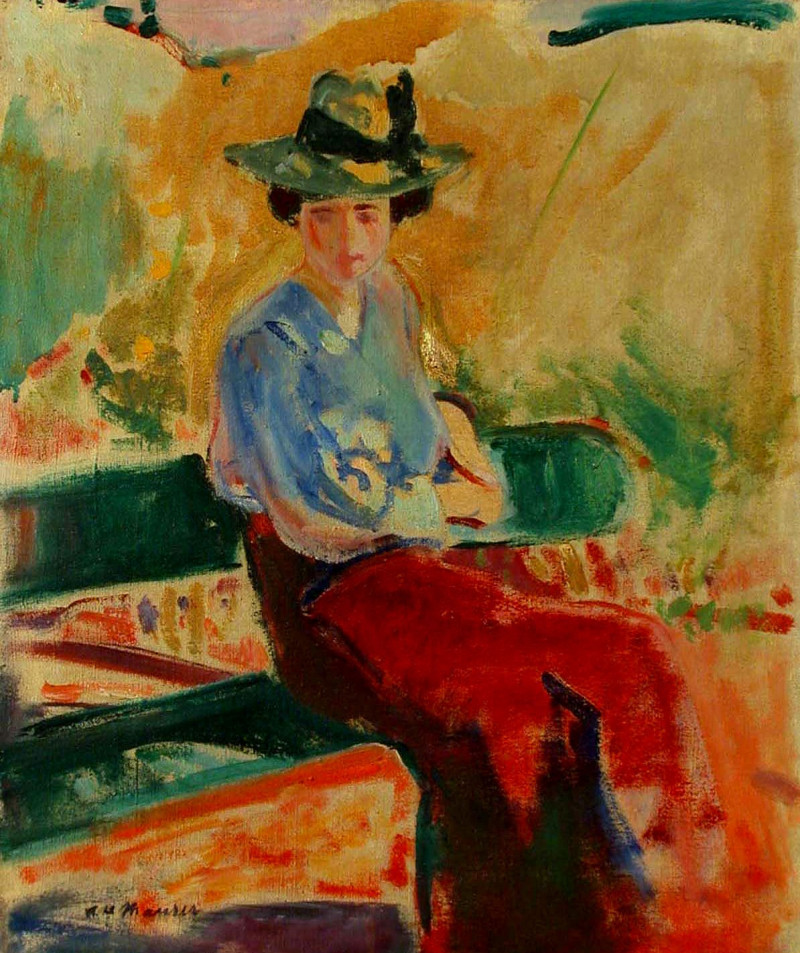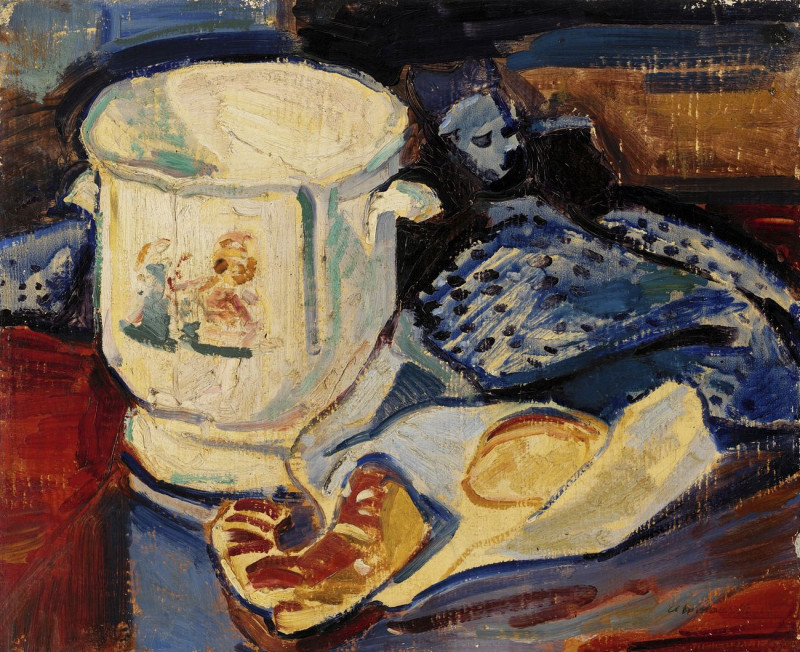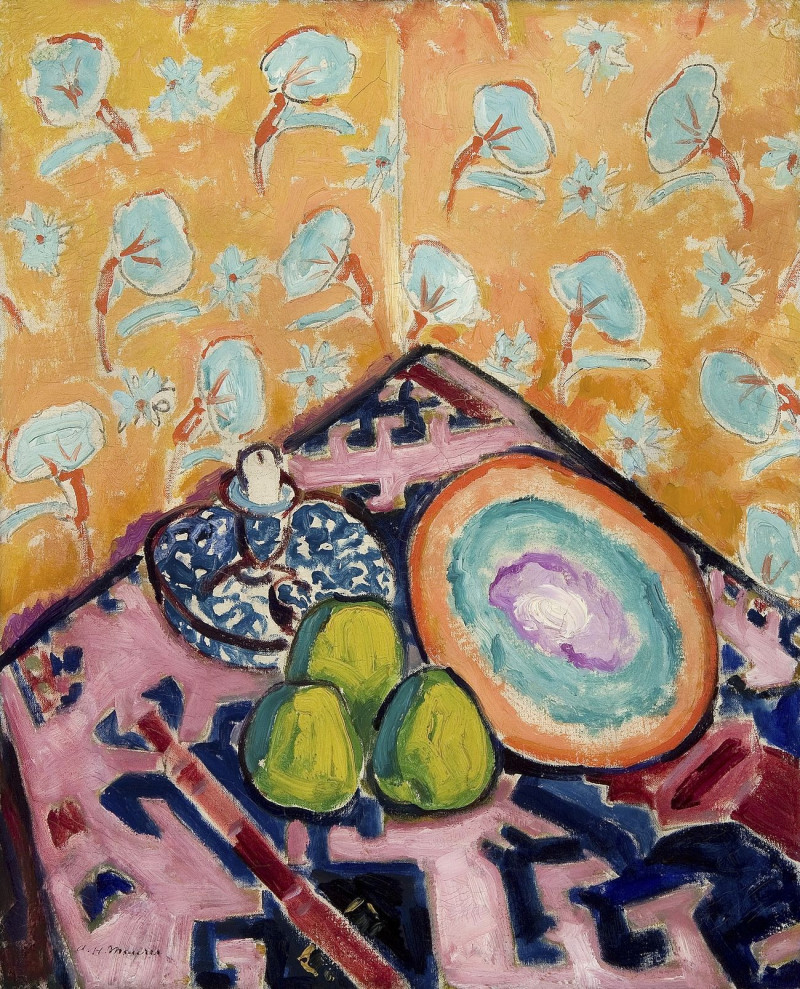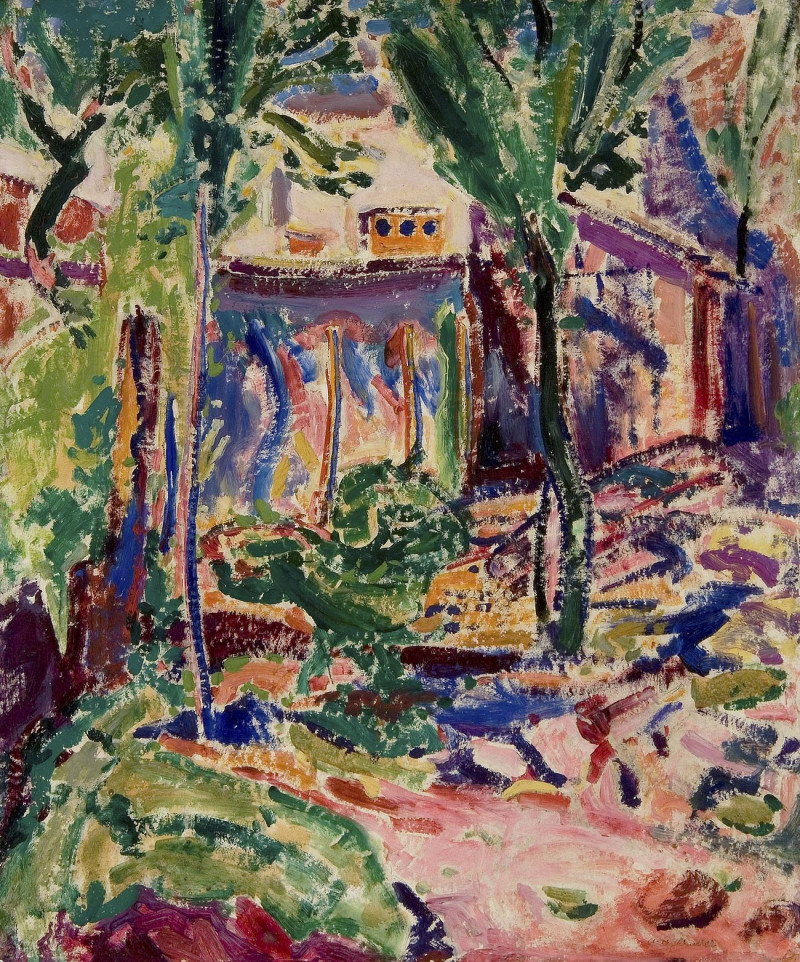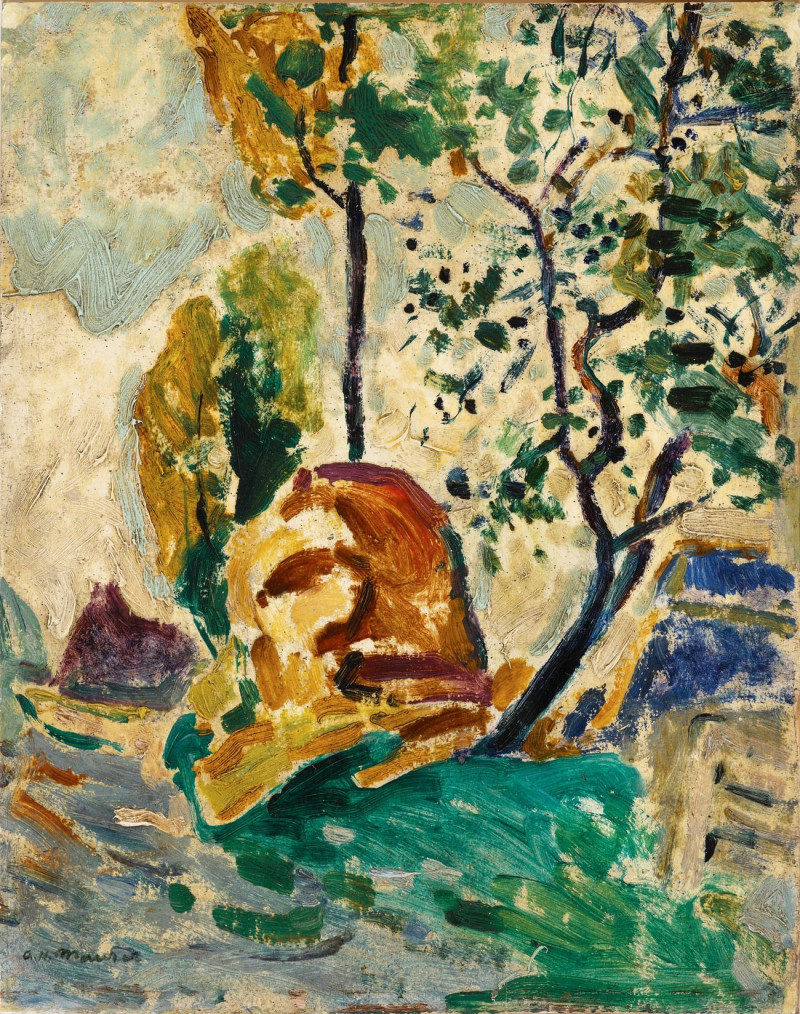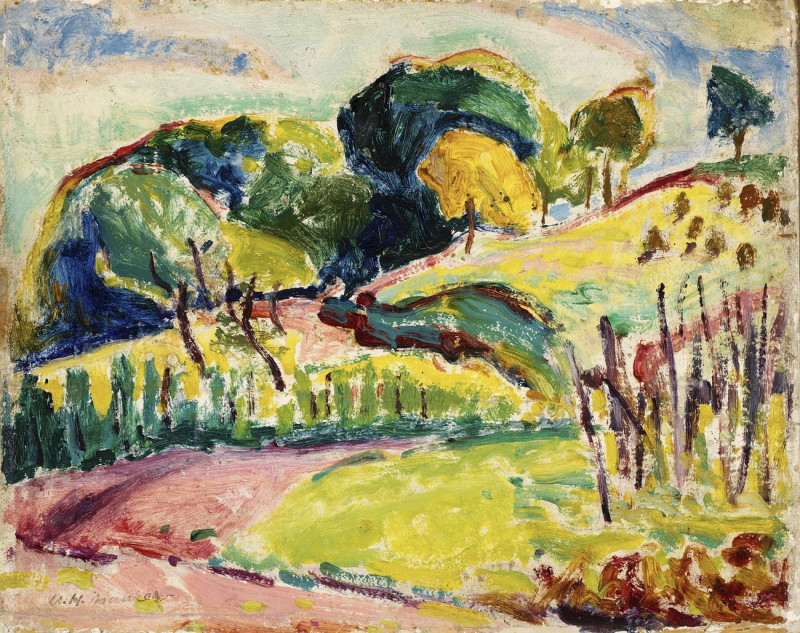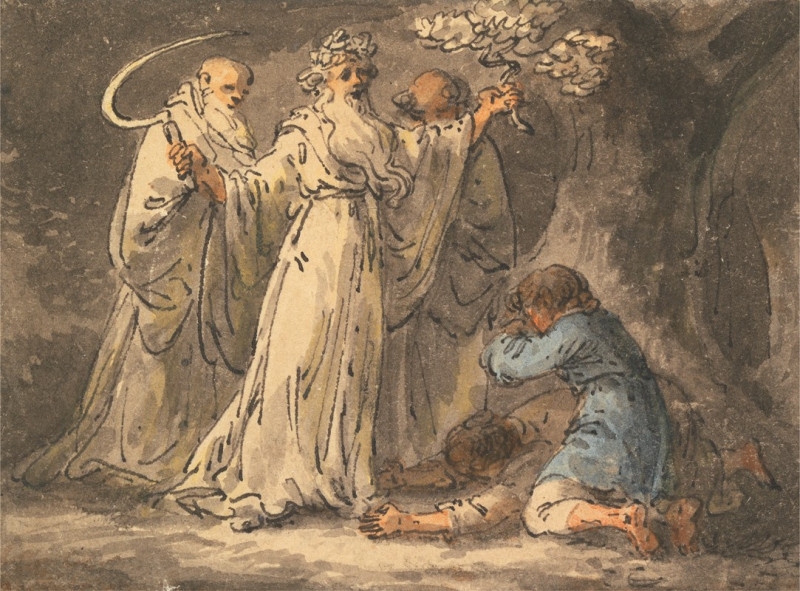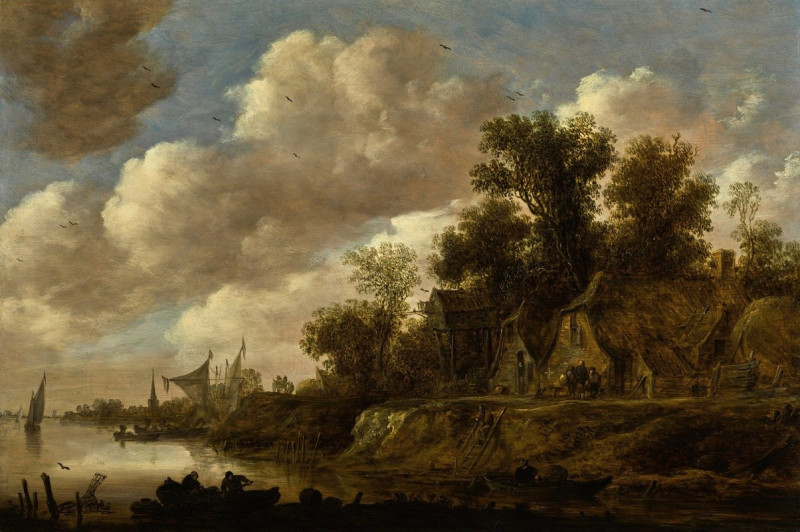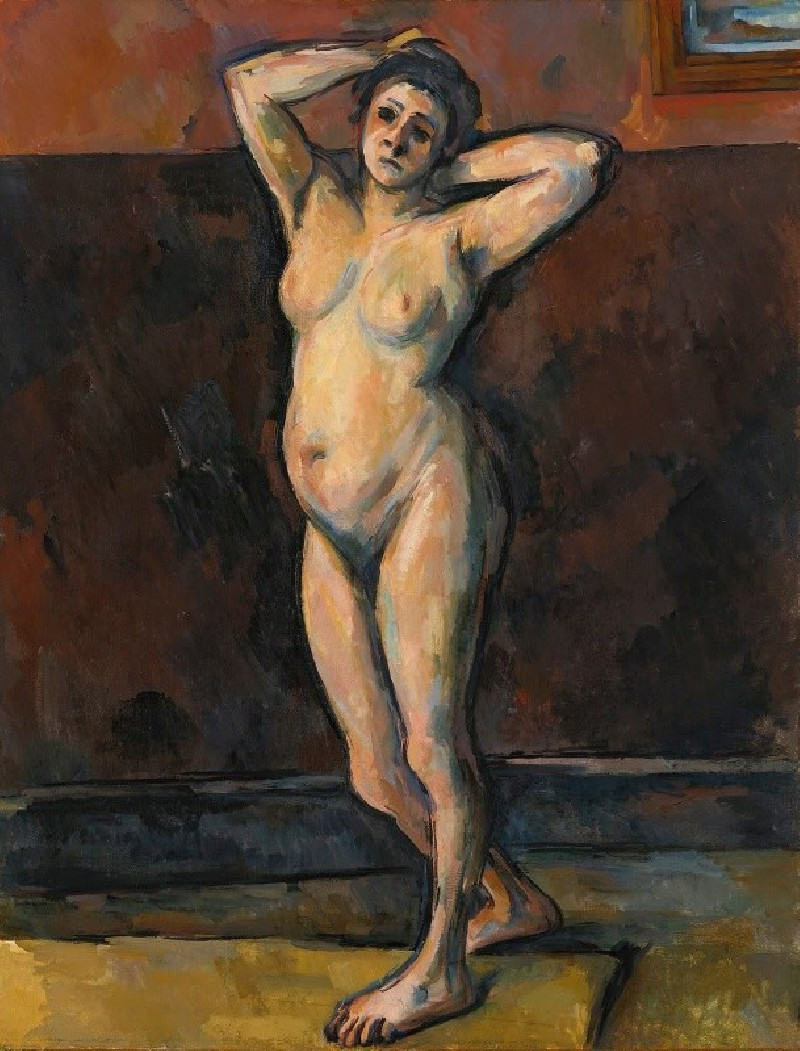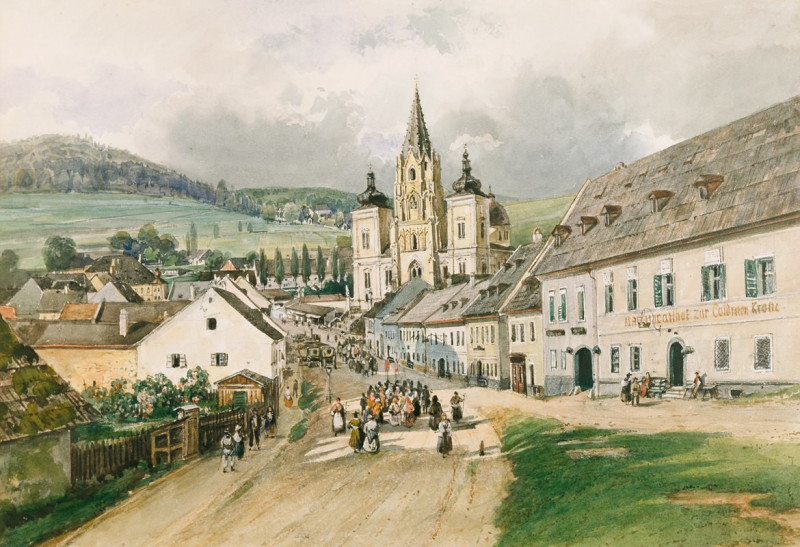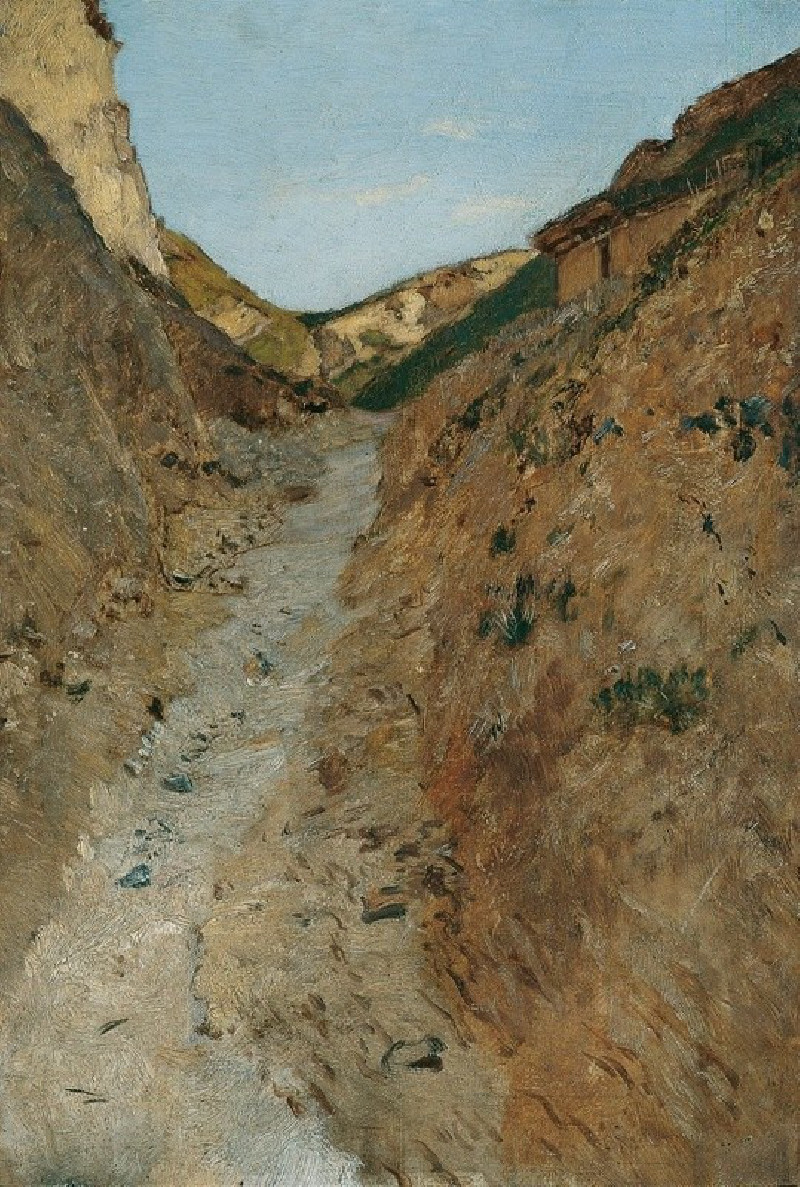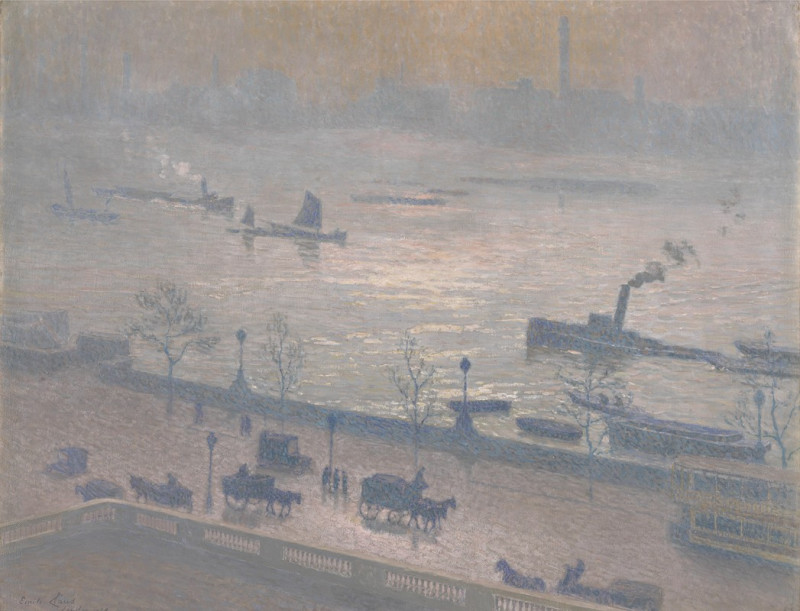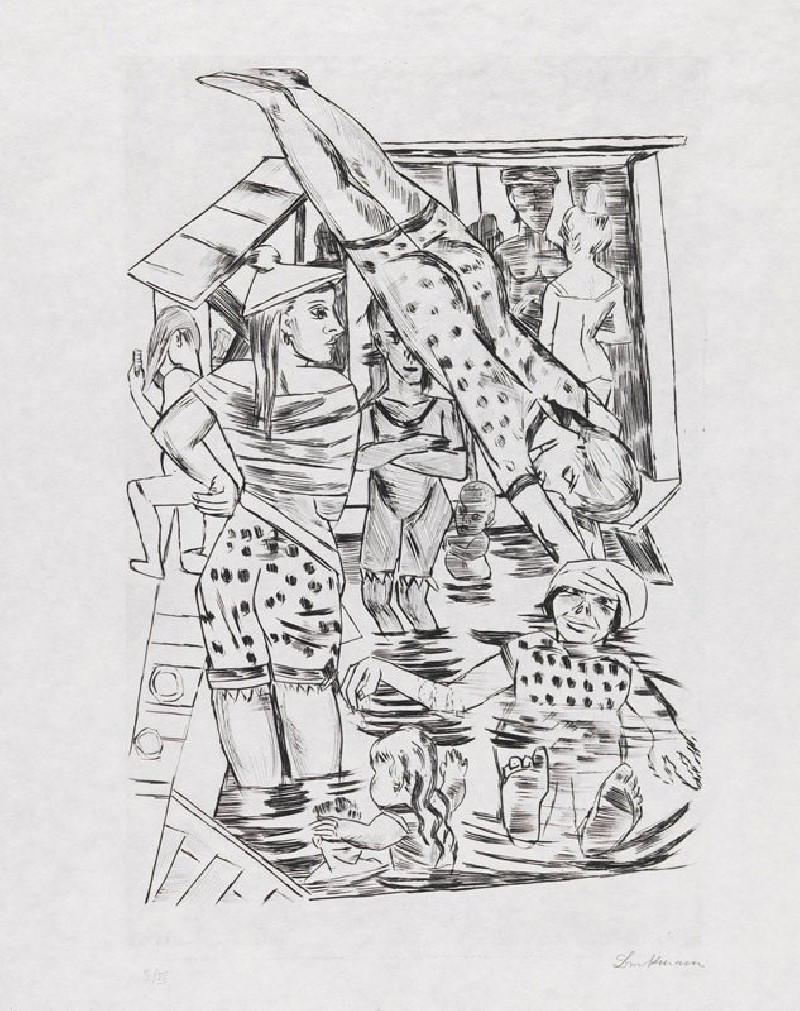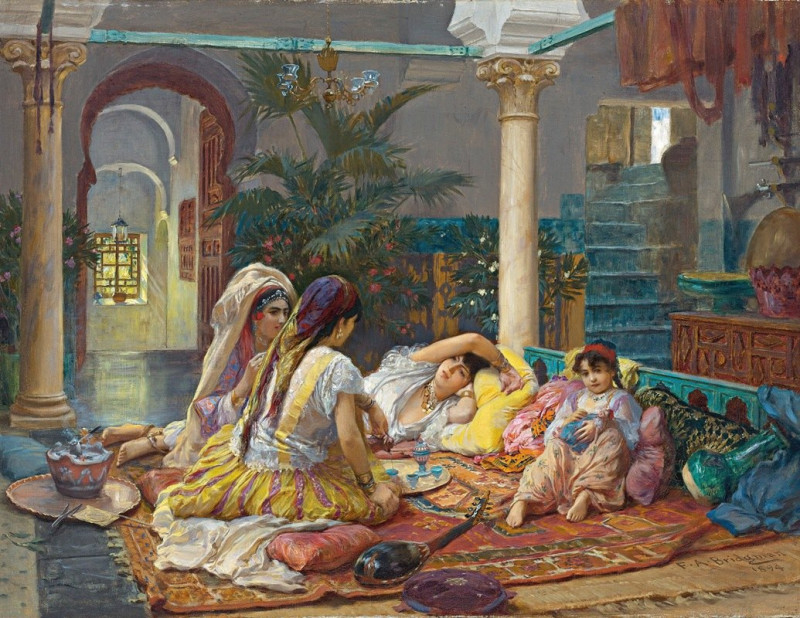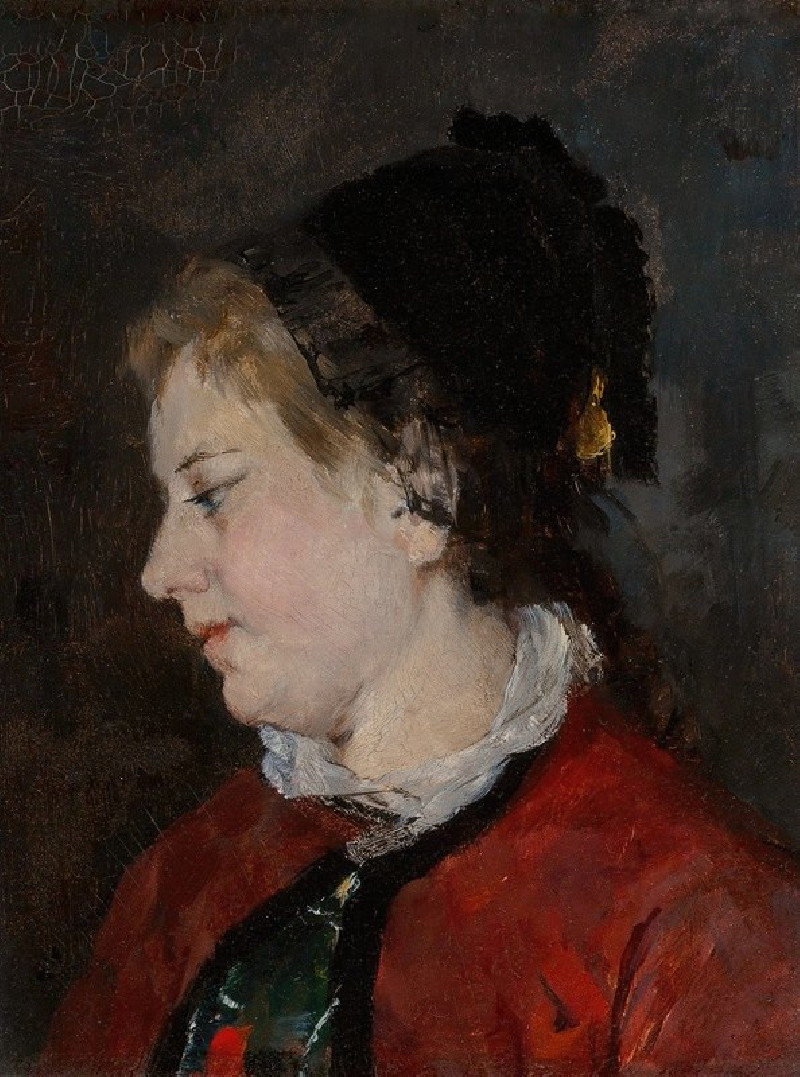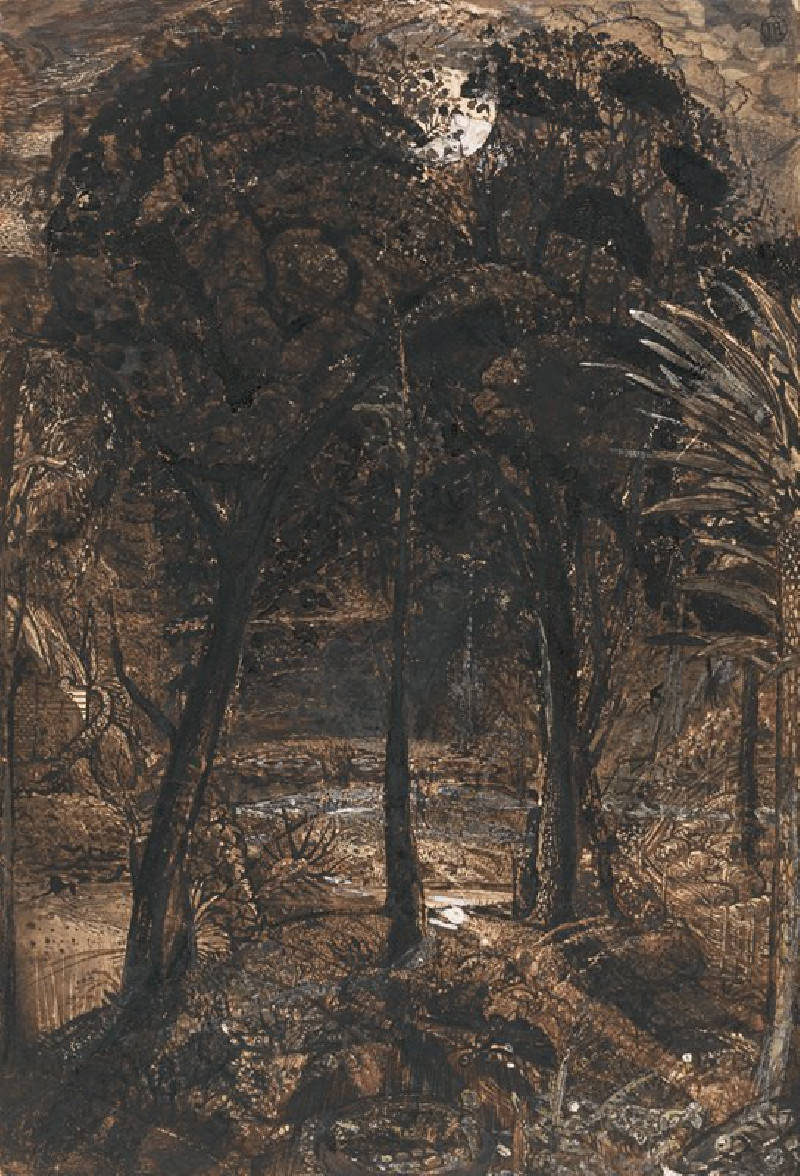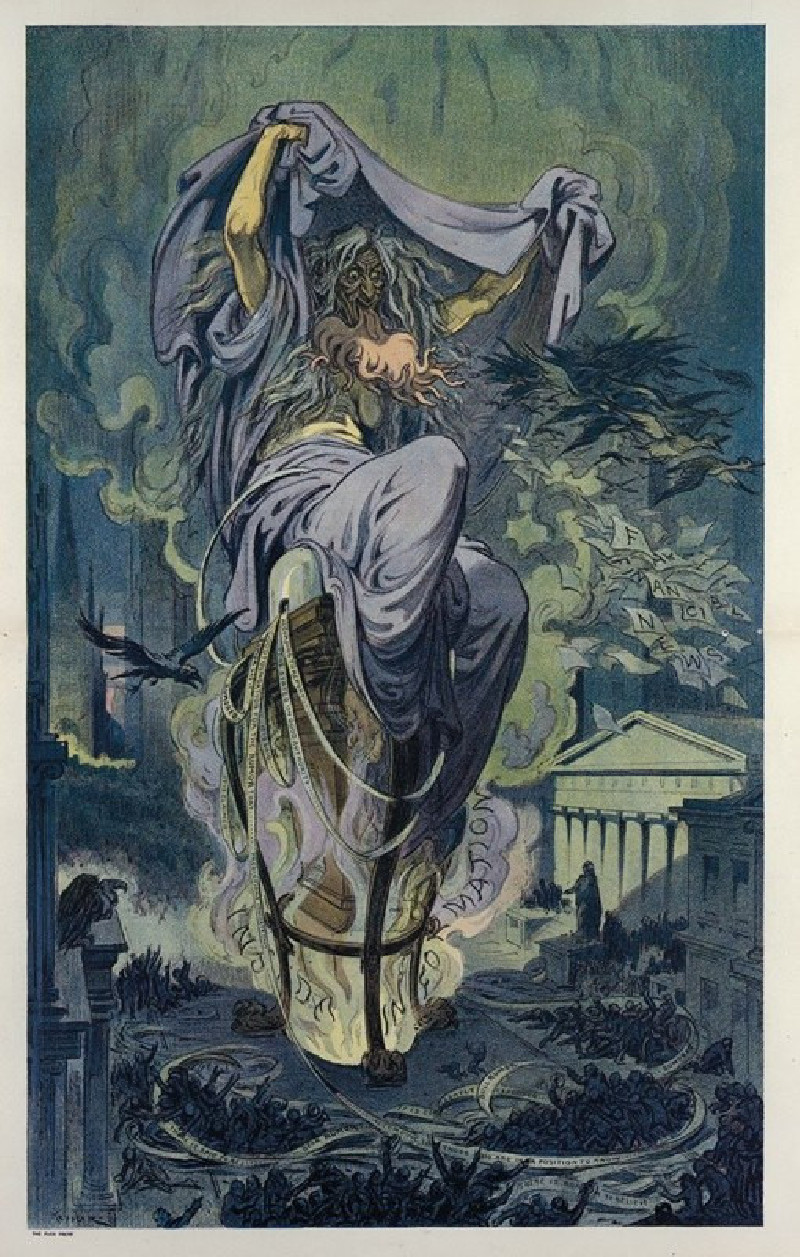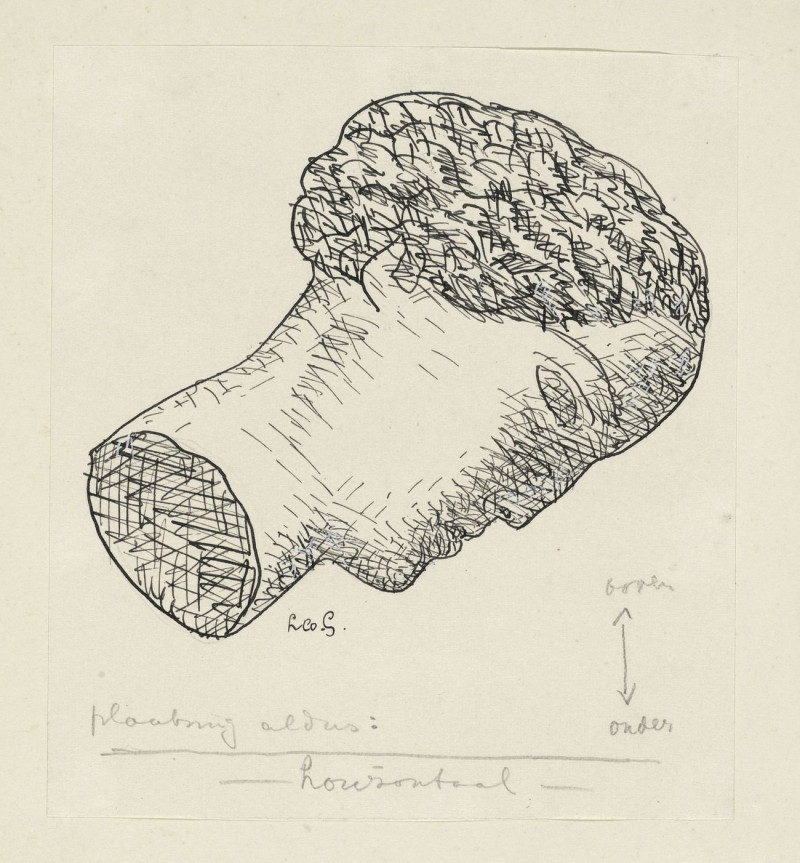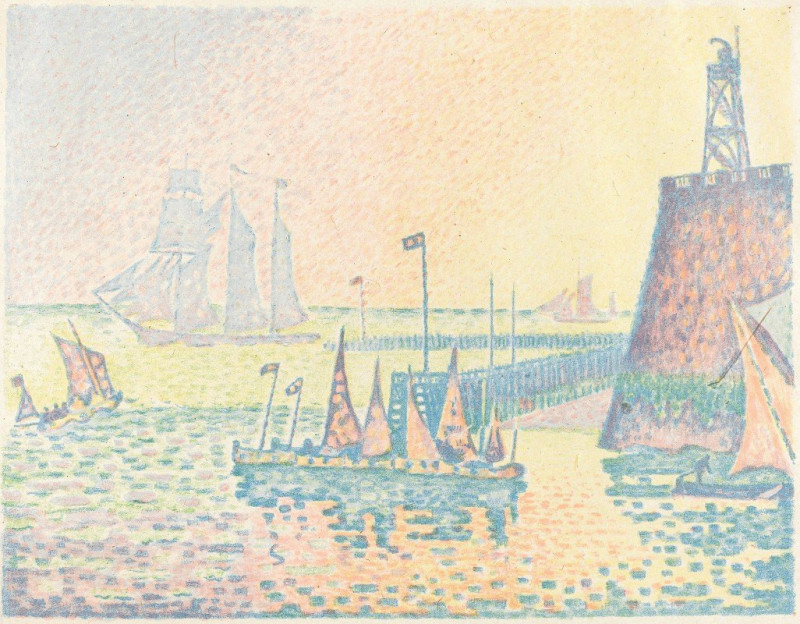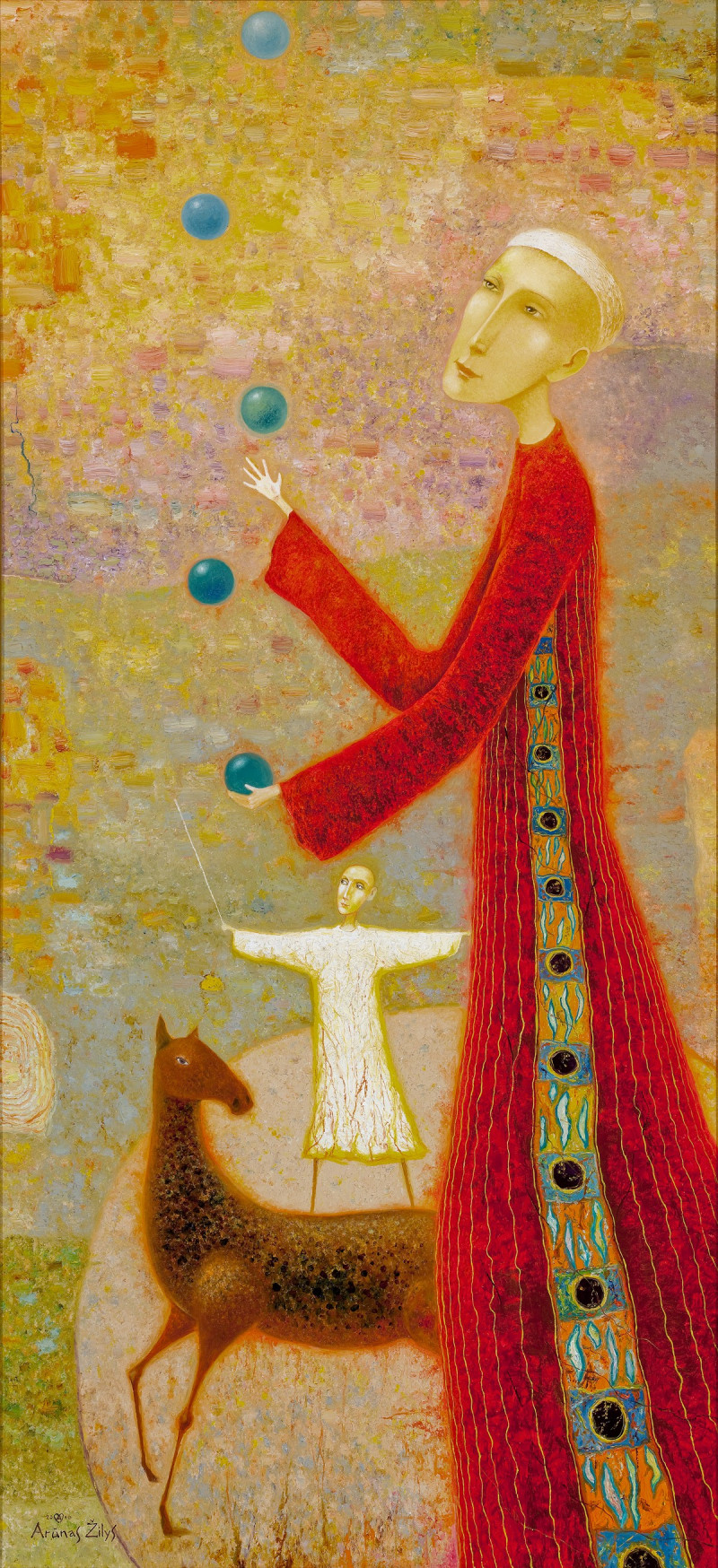Figure On Bench
Technique: Giclée quality print
Recommended by our customers
More about this artwork
"Figure On Bench" by Alfred Henry Maurer features an expressionist portrayal of a woman seated on a park bench. The use of vibrant and bold colors captures attention, with the woman dressed in a striking blue blouse and red skirt, complemented by a stylish green hat adorned with flowers. Her posture, slightly turned towards the viewer, and her contemplative gaze add an introspective quality to the piece.Maurer's style is evident in the brushwork—loose and fluid, contributing to a feeling of spontaneity and emotional expressiveness. The background is abstractly rendered in hues of green, yellow, and orange, providing a vivid contrast and enhancing the foreground where the figure sits. This juxtaposition of colors helps to focus our attention on the woman, making her the undeniable focal point of the composition.Overall, the painting evokes a sense of solitary reflection through its expressive coloration and brush strokes, showcasing Maurer’s skill in capturing both the vibrancy and subtlety of everyday scenes and human emotions.
Delivery
Returns
Alfred Henry Maurer (1868-1932) was an American modernist painter from New York City famous for his avant-garde artworks. He developed his style from conventional painting to modern art after moving to Paris, France, in 1897. He was ahead of other artists in his time by experimenting with abstract painting, Cubism and Fauvism. During his lifetime, he gained an international reputation, won several awards both in America and Europe, and became the director of The Society of Independent Artists.

